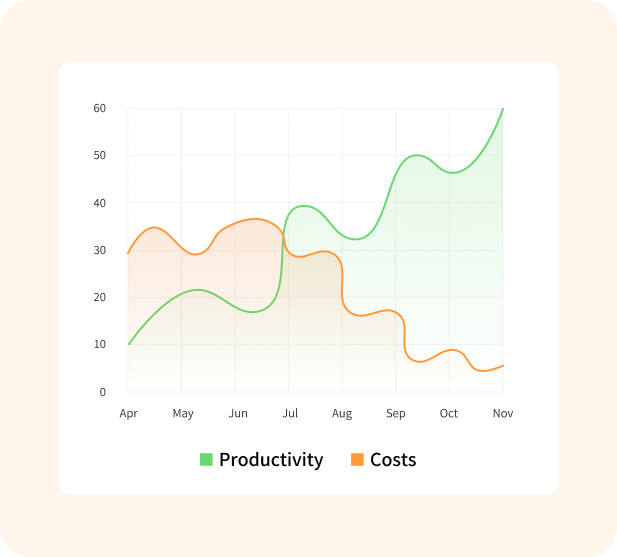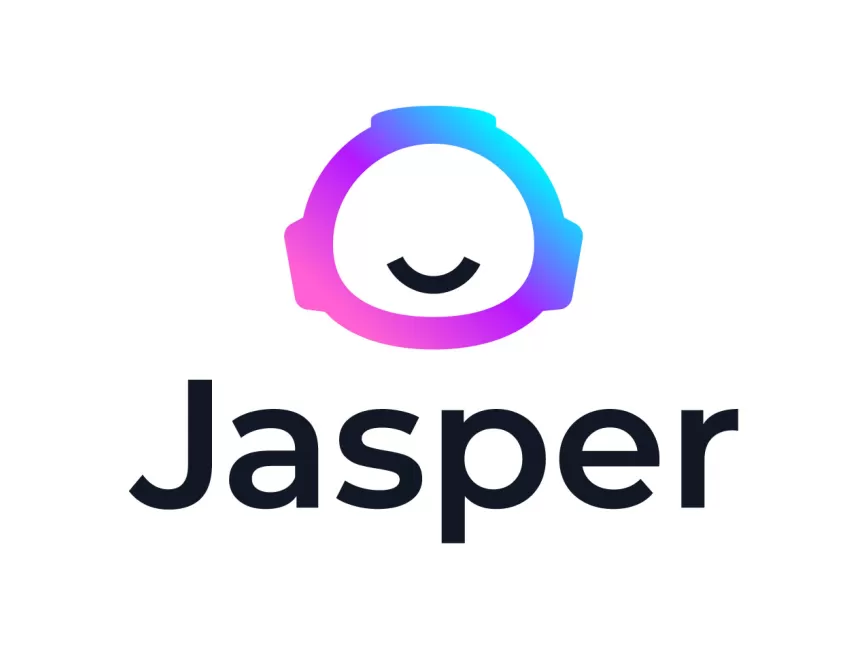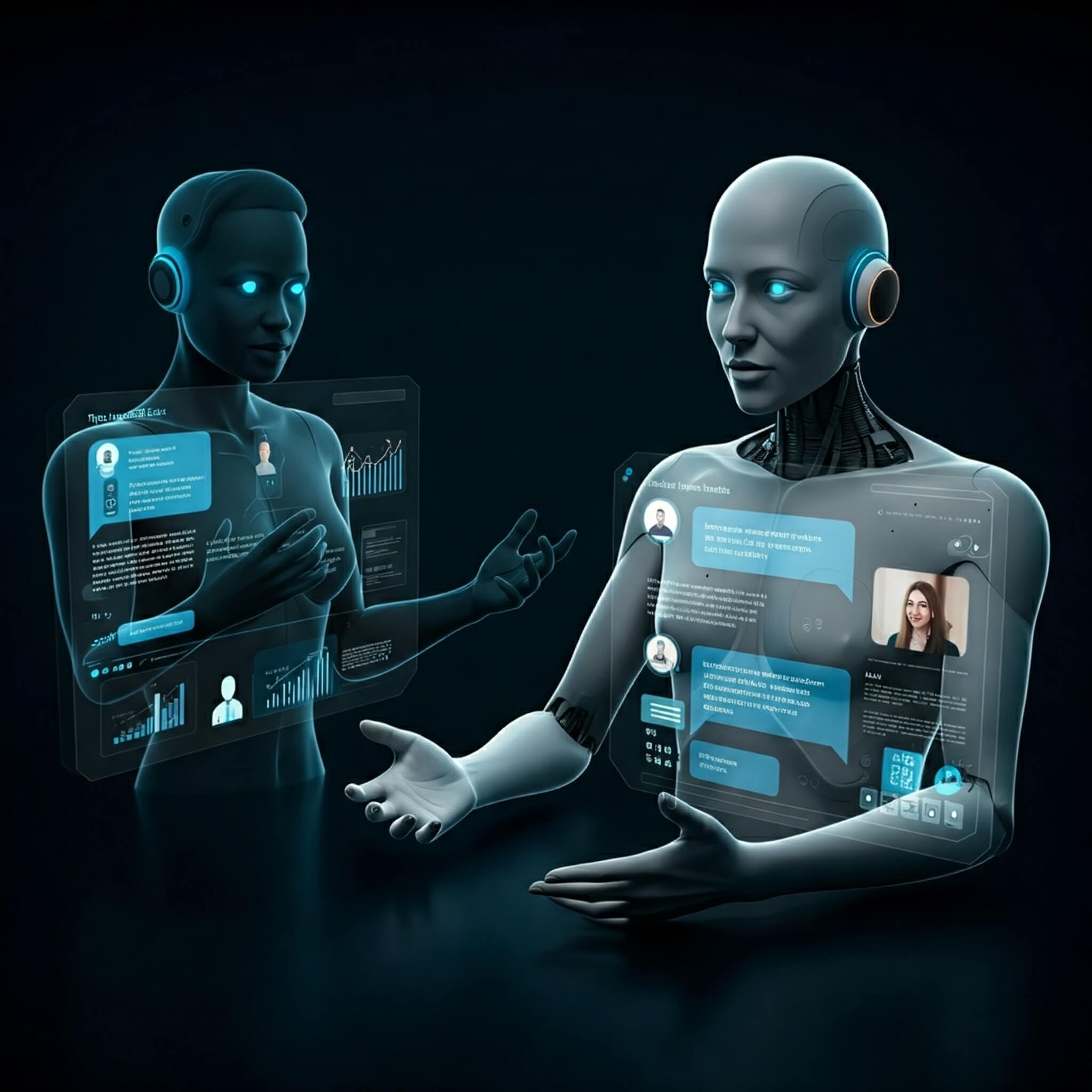🕒 5 min.
In the ever-evolving landscape of technology, Large Language Models (LLMs) have emerged as a cornerstone of innovation, reshaping automation, enhancing business profitability, and altering our lifestyle and job market. This post delves into the world of LLMs, exploring their impact and the real benefits of automating such groundbreaking technologies.

Understanding Large Language Models (LLMs)
At their core, Large Language Models (LLMs) like GPT-4, Bard, Claude and their contemporaries are advanced AI algorithms designed to understand, interpret, and generate human-like text. These models are trained on expansive datasets encompassing a vast range of human knowledge and language nuances, enabling them to perform a variety of language-based tasks with remarkable proficiency.
The Evolution of LLMs
The journey of LLMs began with simpler language processing models, which evolved over time into more sophisticated systems capable of nuanced understanding and response. Today’s LLMs stand as marvels of artificial intelligence, a testament to years of research and development in machine learning and natural language processing.
This evolution marks a pivotal development in the field of AI Automation, showcasing how advanced algorithms contribute to more efficient automated processes.
LLMs in Action
Everyday examples of LLM applications include virtual assistants, which use these models to understand and respond to user queries, and advanced content generation tools that can write articles, create poetry, or generate code. These applications showcase the LLM’s ability to mimic human language skills, sometimes with startling accuracy and also highlight their contribution to AI Automation in various industries.
The Significance of LLMs in Technology
LLMs represent a significant leap in AI’s ability to interact with humans. By processing and generating language that feels natural, these models are bridging the gap between human and machine interaction, making technology more accessible and intuitive than ever before.

The Role of LLMs in Automation
In the realm of AI Automation, the integration of LLMs is revolutionizing how businesses operate, introducing unprecedented efficiency and innovation. The integration of LLMs into automation systems marks a pivotal shift in how businesses and services operate, ushering in a new era of efficiency and innovation.
1. Transforming Customer Interactions
In customer service, LLMs power chatbots that can handle inquiries with a level of understanding and responsiveness previously unattainable. These AI-driven systems can manage thousands of customer interactions simultaneously, providing quick and accurate responses, drastically reducing wait times and improving customer satisfaction.
2. Enhancing Content Creation
In the realm of content creation, LLMs are revolutionizing the process. From drafting marketing copy to generating technical reports, these models can produce high-quality content at a fraction of the time it takes humans. This capability not only speeds up content production but also allows human creators to focus on more strategic, creative aspects of content development.
3. Streamlining Business Processes
Beyond customer service and content creation, LLMs are being employed to automate complex business processes. For example, in legal and financial sectors, LLMs are used to analyze documents and extract key information, aiding in compliance, due diligence, and research. This application demonstrates the versatility of LLMs in handling tasks that require understanding of complex, domain-specific language.

Impact on the Job Market and Lifestyle
The advent of LLMs is reshaping the job market in significant ways. While there is valid concern about potential job displacement in sectors reliant on routine cognitive tasks, LLMs also herald the creation of new job categories and the transformation of existing ones.
Job Market Dynamics
- Job Displacement: In roles where basic language processing is predominant, such as basic data entry or standard customer queries, LLMs can take over these tasks, leading to a shift in the demand for human labor in these areas.
- Job Creation: On the flip side, the rise of LLMs is spawning new roles, such as AI trainers who teach these models nuanced language, AI ethicists who ensure ethical AI usage, and data analysts who interpret LLM-generated data.
- Skill Transformation: Existing roles, particularly in content creation, marketing, and IT, are evolving to integrate LLM capabilities, shifting focus towards more strategic, creative, or complex problem-solving tasks.
Lifestyle Enhancement
LLMs are not just changing the way we work; they are also altering how we live. With the ability to automate mundane tasks, offer educational assistance, and provide personalized recommendations, LLMs are making daily life more efficient and tailored.
- Personal Assistants: AI-driven personal assistants are becoming more capable, offering nuanced and context-aware advice, from managing schedules to providing learning support.
- Enhanced Learning: LLMs are revolutionizing education, offering personalized tutoring and learning materials, making education more accessible and tailored to individual needs.

Economic Advantages for Businesses
The automation of LLMs is proving to be a boon for businesses, driving efficiency, reducing costs, and opening new avenues for innovation and growth.
Cost Efficiency
- Reduced Operational Costs: Automating routine tasks with LLMs can significantly reduce labor and operational costs. For instance, automated customer service systems can handle queries without the need for large customer service teams.
- Energy Efficiency: By optimizing processes and reducing the need for physical infrastructure, LLMs can also contribute to energy savings and environmental sustainability.
Productivity and Scalability
- Enhanced Productivity: LLMs enable businesses to handle more tasks simultaneously, increasing throughput without compromising quality. This is particularly evident in areas like content generation, data analysis, and customer support.
- Scalability: With LLMs, businesses can scale their operations rapidly. As these models handle more data and interactions, they learn and improve, making scalability a continuous process.
Competitive Edge
- Innovation: Businesses that leverage LLM technology often find themselves at the forefront of innovation, creating new products and services or enhancing existing ones.
- Market Positioning: By adopting LLMs, businesses can position themselves as technologically advanced, attracting customers and talent who are seeking cutting-edge solutions and environments.
Case Studies: Successful Implementation of LLMs in Businesses
To illustrate the practical application and benefits of LLMs, let’s explore some real-world examples:

Case Study 1: Jasper.ai (formerly Jarvis.ai) for Content Creation
- Company: Jasper.ai, and numerous businesses utilizing their LLM-based copywriting assistant.
- Problem: Content creation is time-consuming, often requiring substantial research and multiple rounds of revisions for quality and SEO.
- LLM Solution: Jasper.ai utilizes several LLMs to provide users with tools that generate various content:
- Blog post outlines and drafts.
- Product descriptions and marketing copy.
- Social media posts.
- Responses to online reviews.
- Results: Increased content production speed leading to savings in time and resources. Improved content quality and adherence to best practices. Expanded capacity to produce a wider array of content formats.
- Reference: Jasper.ai website (https://www.jasper.ai/), including customer testimonials.

Case Study 2: Duolingo’s Chatbots for Language Learning
- Company: Duolingo, the popular language learning platform.
- Problem: Providing personalized language practice at scale for a vast user base is a complex challenge.
- LLM Solution: Duolingo leverages LLMs to power conversational chatbots that simulate real-life language scenarios. These chatbots adapt to student levels, offering tailored exercises.
- Results: Enhanced student engagement, resulting in longer session lengths and improved retention. Personalized practice sessions that feel more dynamic than traditional language learning approaches.
- Reference: Duolingo Blog (https://blog.duolingo.com/), search for chatbot-related posts.

Case Study 3: JPMorgan Chase’s Contract Intelligence (COiN) Platform
- Company: JPMorgan Chase, the financial services giant.
- Problem: Manually analyzing legal contracts and complex financial agreements is not only time-consuming but also prone to errors.
- LLM Solution: JPMorgan Chase developed its Contract Intelligence (COiN) platform powered by LLMs that can extract relevant data, identify risks, and propose alternative clauses in contracts.
- Results: Drastically reduced contract review time (annual review of 12,000 wholesale contracts went from 360,000 manual labor hours down to a few hours). Enables better decision-making based on more efficient risk analysis.
- Reference: JPMorgan Chase website – Coin System

Case Study 4: Grammarly and Other Writing Assistance Tools
- Companies: Grammarly, ProWritingAid, and various other AI-powered writing tools.
- Problem: Writers of all levels struggle with grammar, style, clarity, and avoiding plagiarism. The editing process can be tedious and time-consuming.
- LLM Solution: These tools employ LLMs to analyze writing in real-time. They offer suggestions to improve:
- Grammar, spelling, and punctuation.
- Word choice and style to enhance clarity and fluency.
- Sentence structure and overall readability.
- Tone detection for appropriate communication.
- Detection of potential plagiarism.
- Results: Users can significantly expedite the writing and editing process. These tools enhance writing quality and help writers develop their skills over time.
- References: The websites of Grammarly (https://www.grammarly.com/) and ProWritingAid (https://prowritingaid.com/).
Case Study 5: AI-Powered Medical Diagnosis Support
- Companies: Companies like Lunit and Infervision are specializing in AI healthcare.
- Problem: Radiologists and pathologists have a heavy workload, and human error can occur when analyzing complex medical images.
- LLM Solution: LLMs are trained on massive datasets of medical images and associated diagnoses. These AI systems can assist healthcare professionals by:
- Detecting abnormalities in X-rays, CT scans, or MRIs that might be missed by the human eye.
- Analyzing pathology slides to identify potential cancerous cells.
- Cross-referencing image data with medical literature to suggest differential diagnoses.
- Results: Improved speed and accuracy of diagnoses, especially in early-stage detection of diseases like cancer. Such AI tools can assist with prioritizing critical cases and reduce workloads for healthcare professionals.
- References:
- Lunit website (https://www.lunit.io/)
- Infervision website (https://www.infervision.com/)

The Power and Benefits of Automating with LLMs
The automation of tasks using LLMs carries significant advantages, marking a paradigm shift in how businesses and individuals approach problem-solving and task execution.
Intrinsic Benefits of LLMs
- Accuracy and Speed: LLMs can process and analyze large volumes of text data with incredible accuracy and speed, surpassing human capabilities in certain aspects. This trait is crucial for tasks like data analysis, report generation, and market research.
- Customization and Personalization: LLMs have the unique ability to tailor outputs to specific requirements or individual preferences, making them ideal for personalizing customer interactions, educational content, and more.
Long-Term Impacts and Potential
- Shaping Industries: LLMs are not just tools for efficiency; they are catalysts for transformation. They are reshaping industries from healthcare, where they assist in patient communication and information processing, to finance, where they aid in risk assessment and fraud detection.
- Future Developments: The ongoing development of LLMs promises even greater capabilities. Future models are expected to offer deeper understanding and more nuanced interactions, further blurring the line between human and machine capabilities.
Challenges and Considerations
The integration of Large Language Models into various facets of society and industry brings with it a set of challenges and considerations that need to be addressed.
Ethical and Social Implications
- Bias and Fairness: There is an ongoing concern about the biases inherent in LLMs, as they learn from datasets that may contain biased human language. Ensuring fairness and neutrality in these models is a significant challenge.
- Job Displacement Concerns: As LLMs automate more tasks, there is apprehension about the potential loss of jobs, especially in sectors that rely heavily on routine cognitive tasks. Balancing technological advancement with job security is a critical issue.
- Privacy and Security: The use of LLMs in processing personal data raises concerns about privacy and data security. Ensuring that these models are secure and do not infringe on individual privacy rights is paramount.
Regulatory and Oversight Needs
- Developing Ethical Guidelines: There is a need for clear ethical guidelines and standards to govern the development and deployment of LLMs. This includes addressing issues of transparency, accountability, and public trust in these systems.
- Regulatory Frameworks: The advancement of LLM technologies calls for robust regulatory frameworks to ensure their responsible use. This includes regulations on data privacy, security, and usage limits of these technologies.

The Future of LLMs and Automation
Looking forward, the landscape of LLMs and automation is poised for even more groundbreaking developments, with significant implications for various sectors.
What’s Coming
- Smarter Machines: LLMs will get closer to understanding and producing language like a human would. This means chatbots, writing tools, and search engines that feel far more intuitive.
- LLMs Everywhere: Industries you might not expect will use LLMs. Imagine a doctor’s assistant that can summarize complex medical reports in plain language, or a financial app that explains investment risks like a trusted advisor.
How This Changes Society
- Education Upgrade: LLMs could act as personal tutors, adjusting lessons to each student’s needs. Think of a study tool that can generate practice questions, or explain history concepts in a way that clicks for you.
- Tech That Knows You Better: Everyday tech, from smart speakers to shopping apps, will use LLMs. Expect your virtual assistant to understand complex commands, or an online store that learns your tastes and suggests things you’ll genuinely like.
Conclusion
Large Language Models are more than just a technological marvel but a cornerstone in the rapidly evolving landscape of AI Automation; They are reshaping our world in profound ways. From transforming business operations to influencing our daily lives, the impact of LLMs is far-reaching, heralding a future where automation and human ingenuity go hand in hand.







